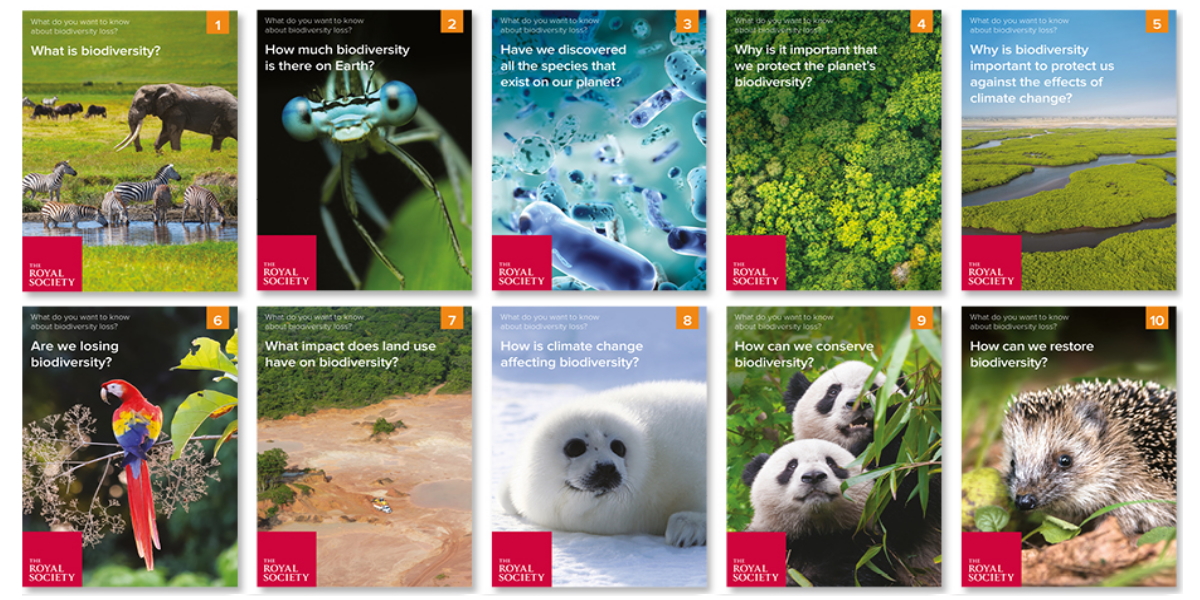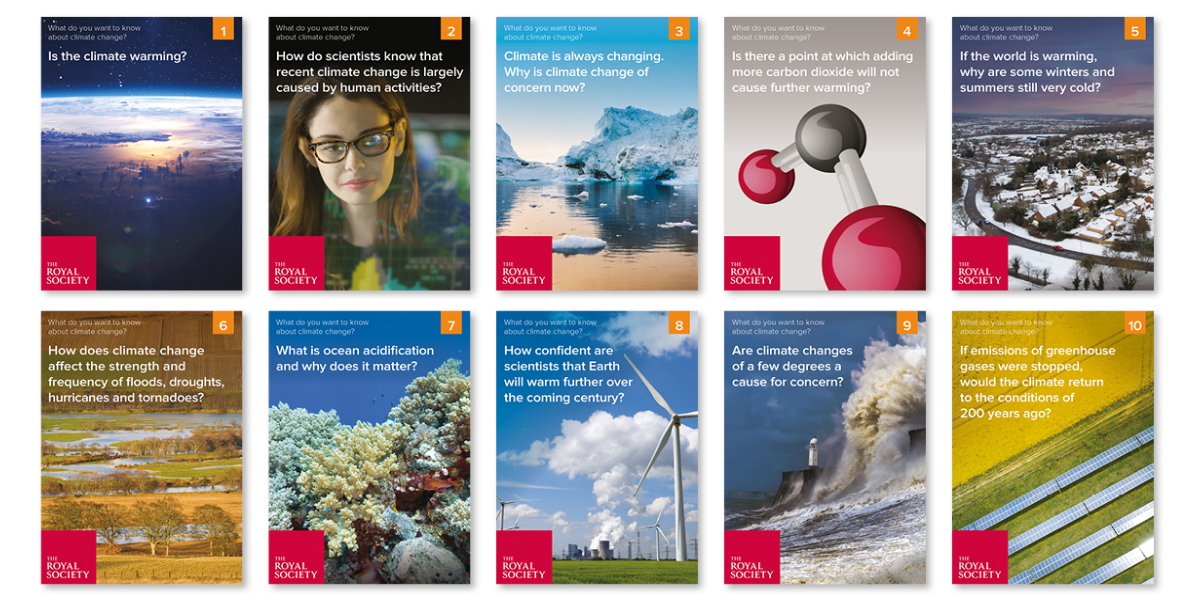Filters
Clear allSubject
- Careers (8) Apply Careers filter
- Climate Change (2) Apply Climate Change filter
- Computing (9) Apply Computing filter
- Creative arts and media (1) Apply Creative arts and media filter
- (-) Remove Cross curricular filter Cross curricular
- Design and technology (26) Apply Design and technology filter
- Engineering (14) Apply Engineering filter
- Leadership (1) Apply Leadership filter
- Mathematics (29) Apply Mathematics filter
- Personal development (1) Apply Personal development filter
- Science (69) Apply Science filter
- Space (1) Apply Space filter
- STEM Clubs (2) Apply STEM Clubs filter
Age range
Type
- Activity sheet (47) Apply Activity sheet filter
- Article (1) Apply Article filter
- Assessment (2) Apply Assessment filter
- Experiment (4) Apply Experiment filter
- Game (1) Apply Game filter
- Group work (1) Apply Group work filter
- Image (3) Apply Image filter
- Information sheet (16) Apply Information sheet filter
- Interactive resource (5) Apply Interactive resource filter
- Open-ended task (1) Apply Open-ended task filter
- Poster (7) Apply Poster filter
- Presentation (28) Apply Presentation filter
- Research (4) Apply Research filter
- Self assessment (2) Apply Self assessment filter
- (-) Remove Teacher guidance filter Teacher guidance
- Video (12) Apply Video filter
- Include Physical Resources (0) Apply Include Physical Resources filter
Showing 83 results
This Double Crossed resource uses the context of the excavation of an Egyptian tomb to learn about the main organs in the human body. The students evaluate evidence from a recently discovered mummy to draw conclusions about the person’s life and the cause of death.
A cut and stick activity is used to...
In this Triple Crossed activity, from the Centre for Science Education and supported by the Astra Zeneca Teaching Trust, students are given the task of writing the regulations for the transportation of organisms through an airport.
Considering a tiger, a jellyfish and a highland cow they are asked to...
Helen Walker and Karen Ashforth from Birley...
This cross-curricular activity introduces the concept of vaccination, specifically for COVID-19, using stimulus materials enabling student discussion opportunities. The way in which vaccines work, what they contain and the most common side effects are explained using simple scientific terminology. Some anti-vaccine...
This Double Crossed activity, from the Centre for Science Education and supported by the Astra Zeneca Teaching Trust, is set during World War Two. There is a mystery to solve, following an air raid, and students will need to use both science and history skills to get to the bottom of it. They are expected to...
This activity away from the computer is from the Barefoot Computing project. It is intended to provide a theoretical understanding of why and how variables are used in computer programming, using the example of score-keeping in a classroom quiz. Involving several volunteers from the group, the activity uses...
Aimed at students aged 5-14 years, this pack contains a range of different activities based on the theme of waste. The activities cover a mixture of topics including: the environment and pollution, recycling, separating materials, waste degradation, and digestion. Designed for use in class or within a science week...
This brief activity uses false-colour images of the Columbia glacier to introduce the idea of using sequences of satellite images to monitor change and focuses on the selection of appropriate data for an investigation.
This short activity introduces students to the ideas of the footprint and resolution of an image, asking them to choose and use appropriate methods to calculate how these quantities would change as they moved a camera to a series of vantage points above the surface of the Earth

These evidence-based, question and answer style classroom resources can be used to engage students of all ages...

These evidence-based, question and answer style classroom resources can be used to engage students in the climate...
In this activity students take on the role of Earth observation scientists submitting a request for an image they would like for their research. This gives them the opportunity to consider the possibilities of pictures taken from orbit (and the limitations) and to write scientifically for a specific audience. It...
In this activity children take on the role of Earth observation scientists submitting a request for an image they would like for their research. This gives them the opportunity to consider the possibilities of pictures taken from orbit (and the limitations) and to write scientifically for a specific audience. It...
This resource looks at the impact of climate change, in particular flooding and drought, and how science can be used to mitigate against it. Students first explore perceptions about climate change, then look at ways to communicate the significance of climate change to different groups of people. They then explore...
There is much debate about reducing greenhouse gases and how renewable energy sources might form part of the answer. Most people agree that renewable energy is a good thing, but how do people react when a wind farm is proposed to be built near them? The following...
